Overclocking
We set the buffers at a vcore of 1.425V, and the ROG Strix X570-E Gaming managed a typical 4.3GHz all-core overclock using our Ryzen 9 3900X, which only the MSI Prestige X570 Creation has bettered and even then only by 50MHz. We have no qualms about recommending this board as a solid overclocker, even if for most 3rd Gen Ryzen CPUs, most people will likely opt for PBO-based overclocking.
Performance Analysis
Both Asus X570 boards we've tested so far have lacked a little single-threaded boost aggression compared to many of their peers, with the top guns reaching single-threaded Cinebench scores of 521 while the ROG Strix X570-E Gaming consistently hits 518 - far from a deal-breaker. On the flip side, they seem to do a little better in the multi-threaded test, with the Strix board taking the top slot, although only by slim margins compared to the rest of the field. It matched the best results in Blender, too.
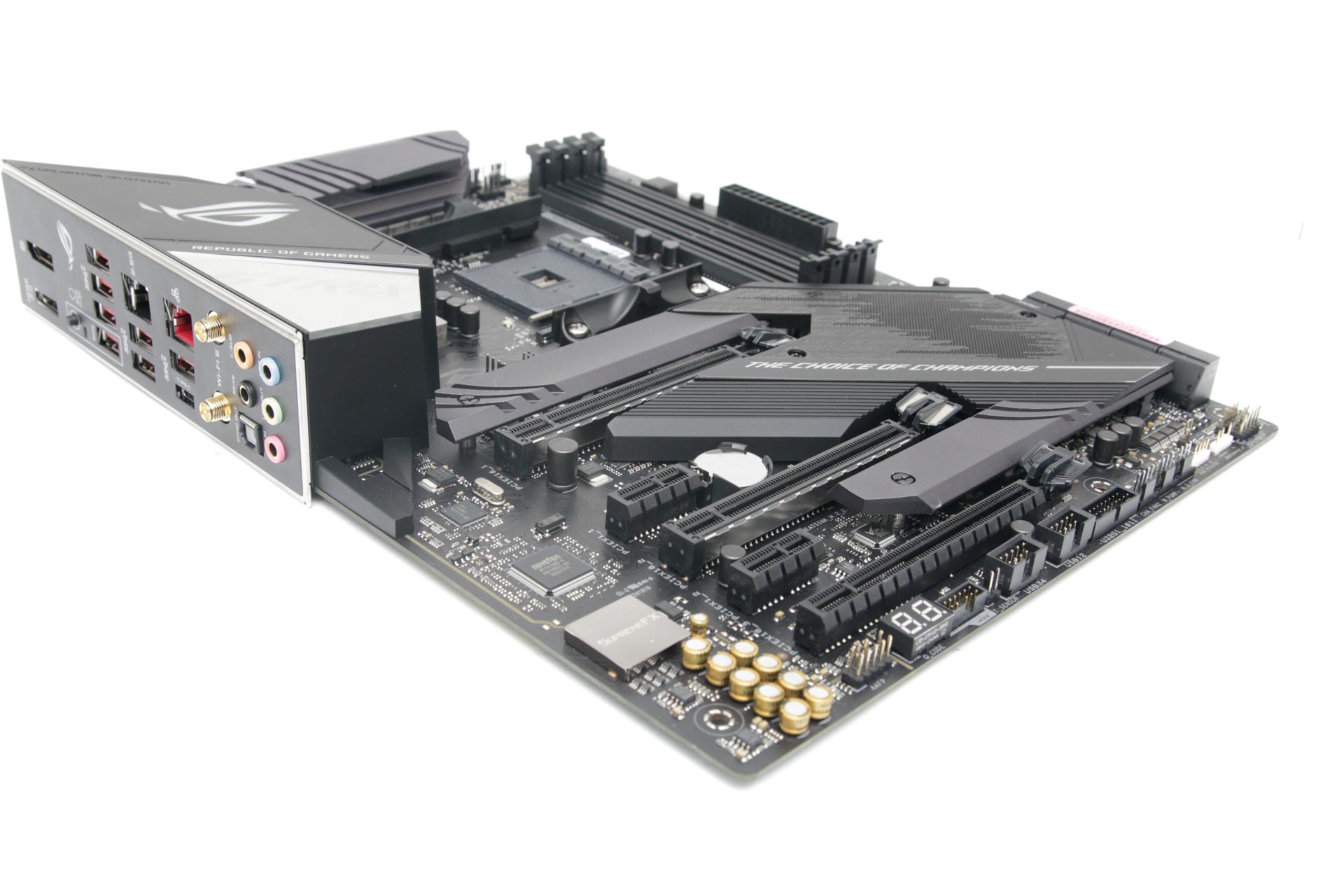
As BIOSes mature following 3rd Gen Ryzen's launch, we expect these differences to be ironed out, but for the moment we're seeing quite varied results in a lot of tests, and Far Cry 5 is certainly one of them. However, the Strix board seemed to do what several others have done, dropping a couple of frames per second when manually overclocked with a lower maximum boost frequency, but Far Cry 5 does have its quirks too. Time Spy was more linear, with all CPUs gaining points once overclocked. Asus' claims that the board offers better-than-standard Realtek ALC1220 audio seems to hold true as well, with noticeably higher noise level and dynamic range numbers than the standard implementation on the MSI X570-A Pro.
Using the included heatsinks to cool our M.2 SSD saw storage performance numbers that were on the money and generally within the variation we'd expect in CrystalDiskMark, so there's not much lost or gained by using the motherboard's heatsinks in terms of performance or temperature.
Power consumption figures were on the high side, with the least frugal stock idle and stock load numbers and the second-highest overclocked idle and load draws too, but these results are still far from worrying amounts.
Conclusion
What Asus has here is a capable X570 board that we'd feel far more comfortable dropping a 12- or 16-core 3rd Gen Ryzen CPU into than the MSI X570-A Pro. It also has added aesthetic prowess, Wi-Fi up to the preferred 802.11ax standard, 2.5 Gigabit LAN, M.2 heatsinks, greater PCIe 4.0 support, and more scope for large storage arrays. It strikes a good balance between premium features and price, knocking more than £100 off the price of the MSI Prestige X570 Creation, so if you have a little extra cash to play with for the heart of your new X570 rig, the Asus ROG Strix X570-E Gaming is an attractive and solid choice.


MSI MPG Velox 100R Chassis Review
October 14 2021 | 15:04

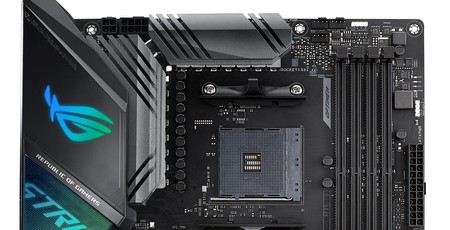
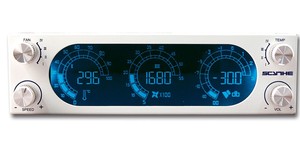
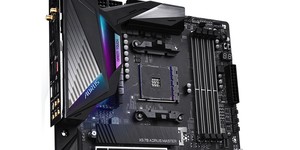
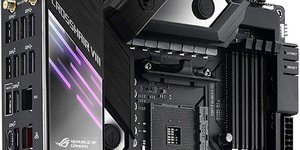




Want to comment? Please log in.